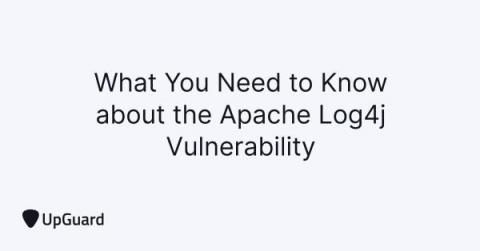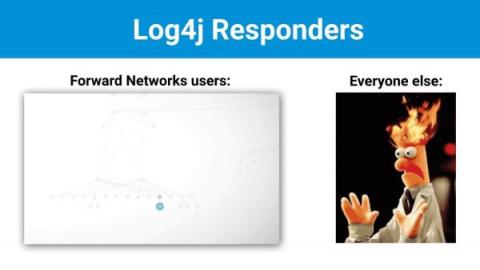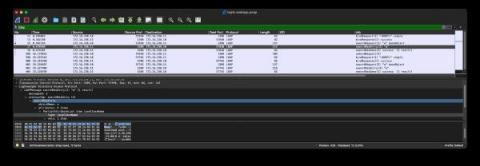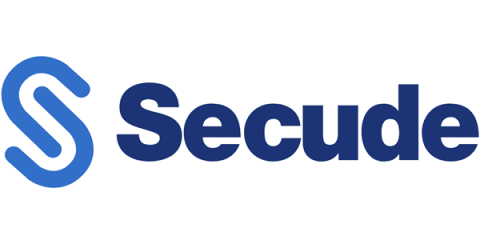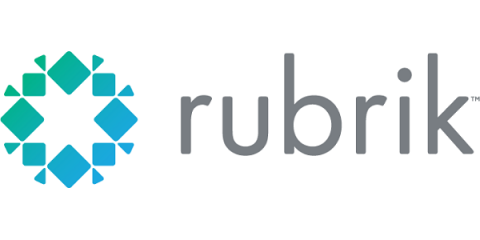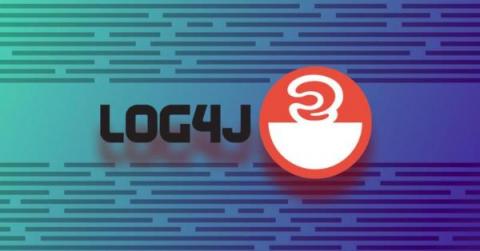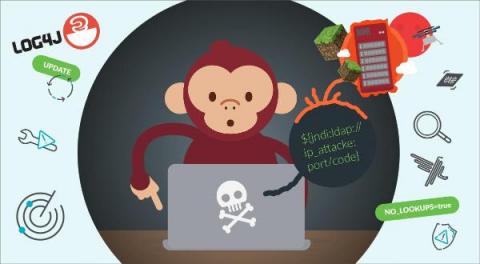How to Respond: The Apache Log4j Vulnerability Clearly Explained
The Apache Log4j vulnerability has been assigned the most critical cyber threat rating of CVSS 10. For a concise overview of the zero-day, and to learn how to secure your systems against its exploitation, all of the popular FAQs concerning this vulnerability have been conveniently compiled in this post.


